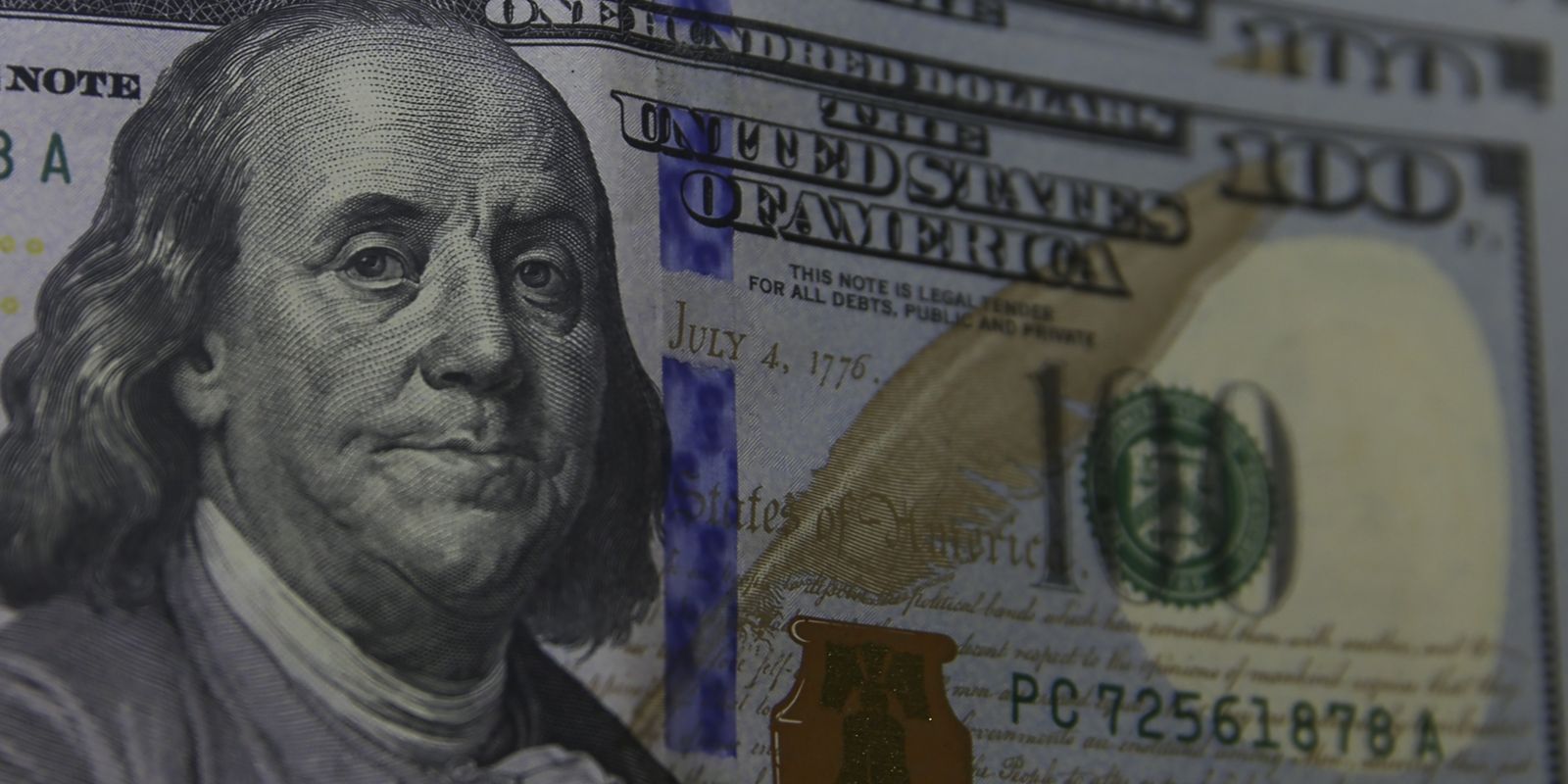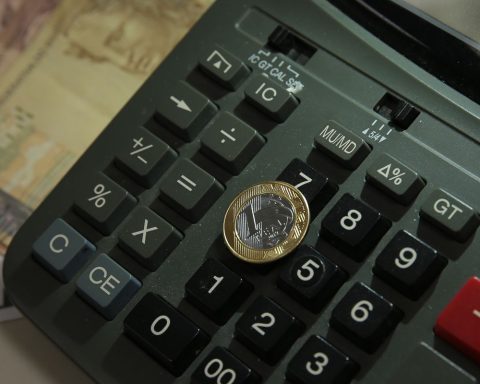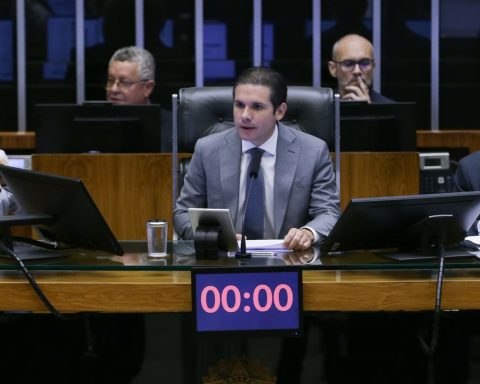Benefiting from the moderation in trade tariffs promised by the new North American president, Donald Trump, the foreign exchange market had a day of relief. The dollar fell below R$6 and reached its lowest level since the end of November. The stock market did not have the same positive performance and fell for the first time after three consecutive rises.
The commercial dollar ended this Wednesday (22) sold at R$ 5.946, with a decrease of R$ 0.085 (-1.4%). The price fell throughout the session and began to operate below R$6 from 10:50 am. At the low of the day, around 2 pm, it reached R$5.91.
The US currency is at its lowest price since November 27th. In 2025, the currency will fall by 3.79%.
The stock market had a more volatile day. B3’s Ibovespa index closed at 122,972 points, down 0.3%. The indicator alternated highs and lows throughout the session, but consolidated the downward trend towards the end of the afternoon, driven by mining companies.
With no relevant news on the Brazilian economy, the dollar was influenced by the international market. The absence of announcements of increased trade tariffs for Latin America by President Donald Trump benefited emerging countries. The new North American president announced a 10% surcharge on products from China and 25% on products from Mexico and Canada from February 1st.
In addition to the lack of mention of Latin America, the lower-than-expected percentages reduced pressure on North American inflation. This reduces the need for the Federal Reserve (Fed, Central Bank of the United States) to freeze or raise interest rates this year. During the election campaign, Trump promised higher tariffs on Chinese products.
Lower interest rates in advanced economies benefit emerging countries, such as Brazil. This is because the high interest rates in the Brazilian economy attract financial capital, reducing pressure on the dollar and the stock market.
*With information from Reuters

















